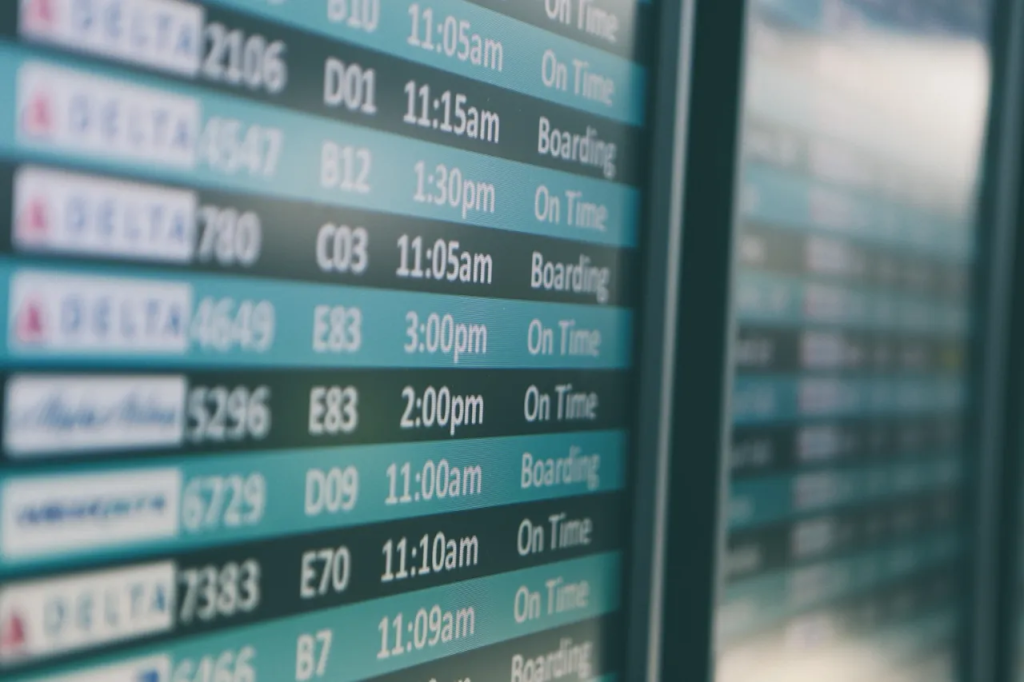The digital age has left no industry untouched, and the airline sector is no exception. With technological advancements driving changes in consumer behavior, airlines are redefining their strategies to stay ahead. Drawing insights from a recent feature on Wired, this article sheds light on the digital revolution taking flight in the airline industry.
1. The Push for Digitalization
The modern traveler, empowered by digital tools, expects a seamless, personalized experience. The convergence of various technologies has given airlines the tools to meet and exceed these expectations. From booking flights to in-flight entertainment, every touchpoint is undergoing a digital transformation.
2. Data at the Helm
Central to this transformation is data. By harnessing the power of data analytics:
- Airlines can offer personalized recommendations to travelers, enhancing upsell and cross-sell opportunities.
- Operational efficiency can be improved, predicting maintenance needs, optimizing flight routes, and managing crew schedules more effectively.
- Enhanced customer insights allow for better demand forecasting, leading to dynamic pricing and improved revenue management.
3. Sustainable Flying
Beyond enhancing operational efficiency and customer experience, digital transformation is paving the way for more sustainable flying. As highlighted by Shell in the Wired feature:
- Advanced data analytics help in optimizing flight paths, reducing fuel consumption, and minimizing carbon emissions.
- Digital twin technology enables airlines to create virtual replicas of physical assets, facilitating real-time monitoring and predictive maintenance, further augmenting fuel efficiency.
4. The Connected Ecosystem
The digital revolution in the airline industry isn’t limited to carriers alone. Airports, too, are becoming smarter:
- Automated check-ins, biometric verifications, and AI-driven security checks reduce wait times and enhance passenger experience.
- IoT devices, from baggage trackers to connected lounges, ensure real-time communication and service delivery.
5. Challenges on the Horizon
While the digital shift offers numerous opportunities, it isn’t without challenges:
- Cybersecurity: As airlines become more connected, they become more vulnerable to cyber threats. Protecting vast amounts of personal and operational data is paramount.
- Integration with Legacy Systems: Many airlines operate on older IT systems. Integrating new digital tools without disrupting operations is a significant challenge.
- Regulatory Hurdles: Digital innovations often outpace regulatory frameworks. Navigating these waters, especially in an industry as regulated as aviation, requires a delicate balance.
6. Looking Ahead
The future of the airline industry, underpinned by digital innovations, looks promising. The focus will shift from merely transporting passengers from point A to B to providing a holistic, personalized, and sustainable travel experience. Collaborations, like that of airlines with energy companies such as Shell, will play a pivotal role in shaping this digital-first future.
Conclusion
The airline industry stands at the cusp of a digital renaissance. As technologies continue to evolve and integrate deeper into the sector’s fabric, the boundaries of what’s possible will expand. For stakeholders, from airline executives to the everyday traveler, these are exciting times, heralding a new era of smarter, more efficient, and sustainable air travel.

